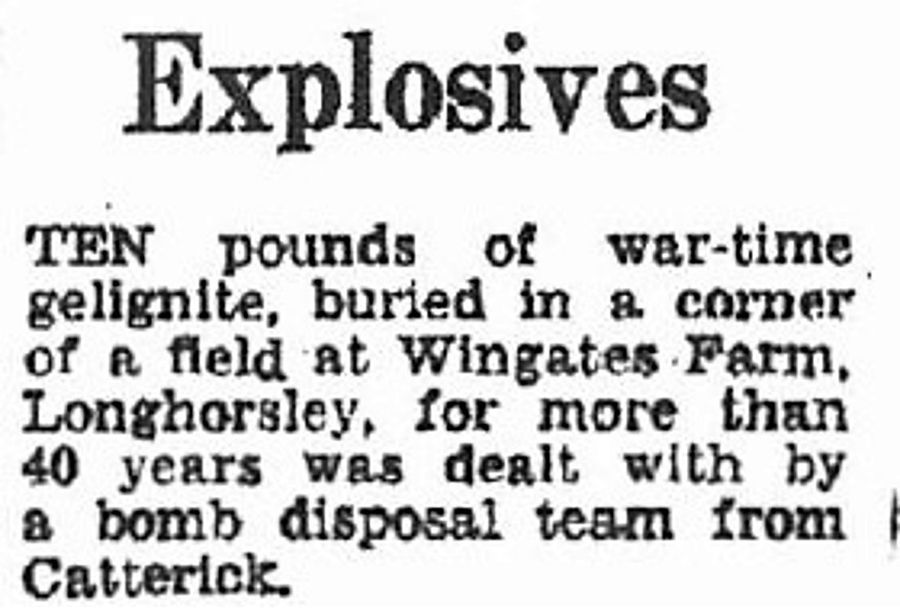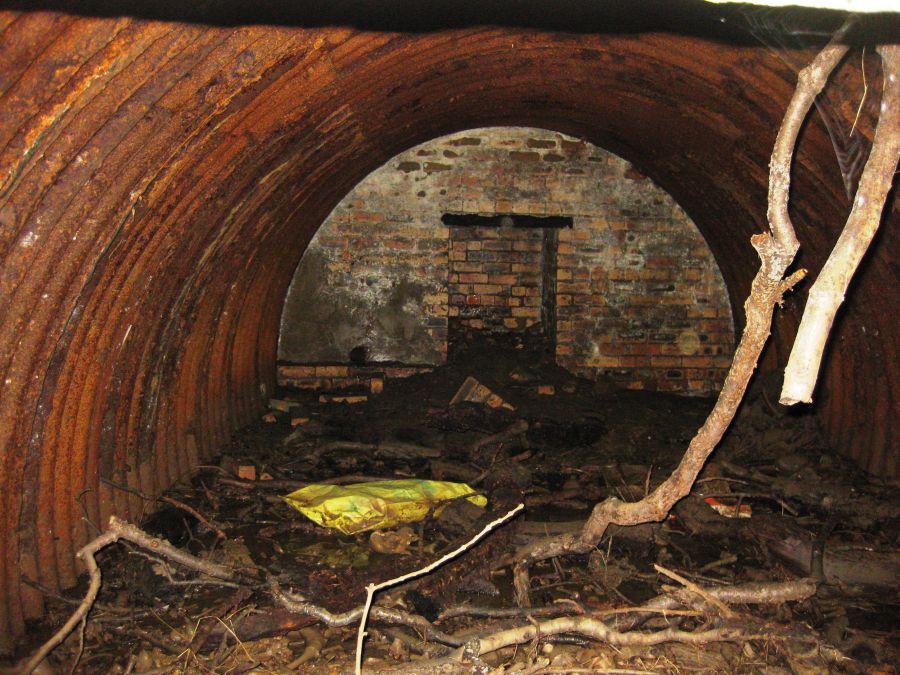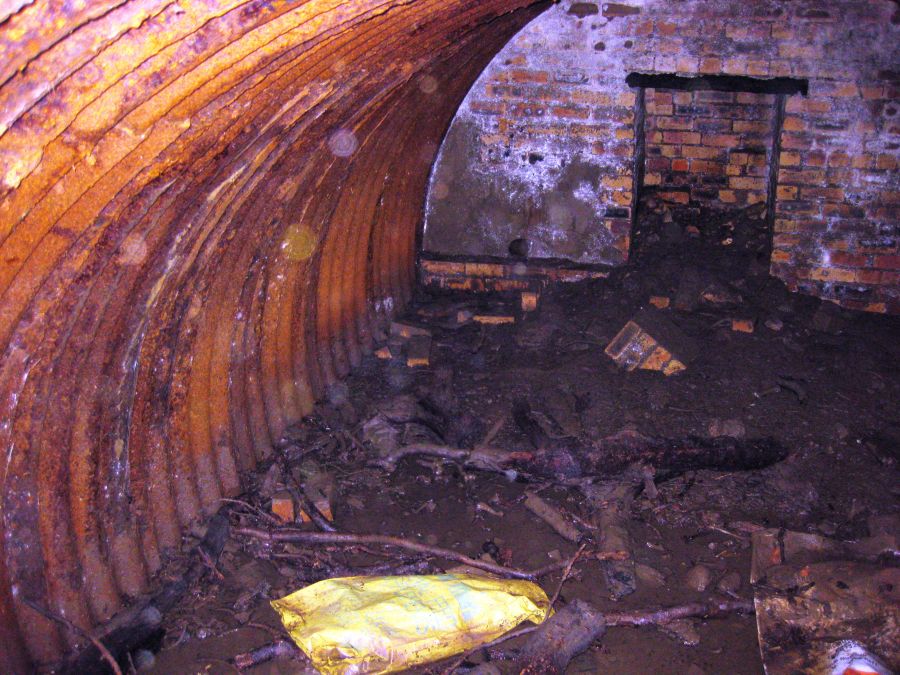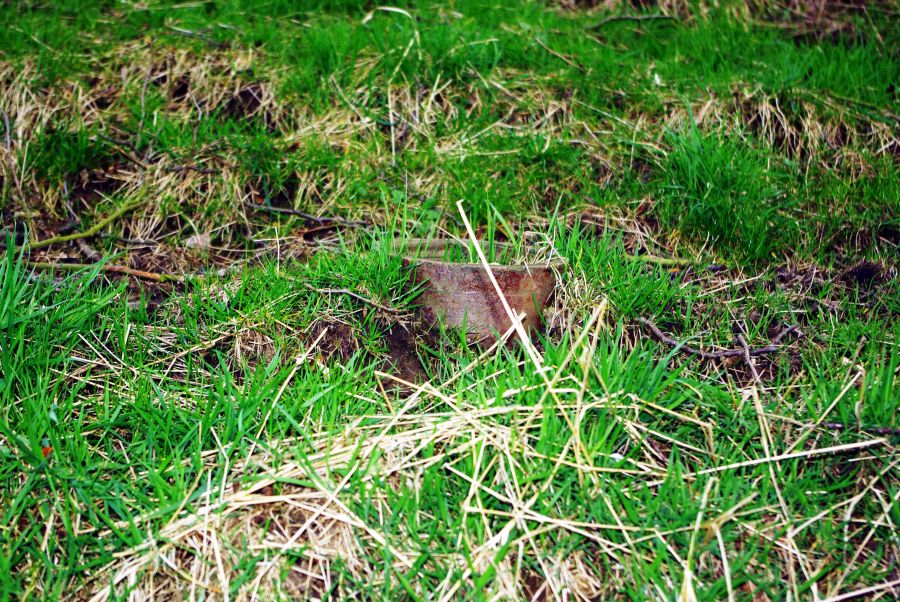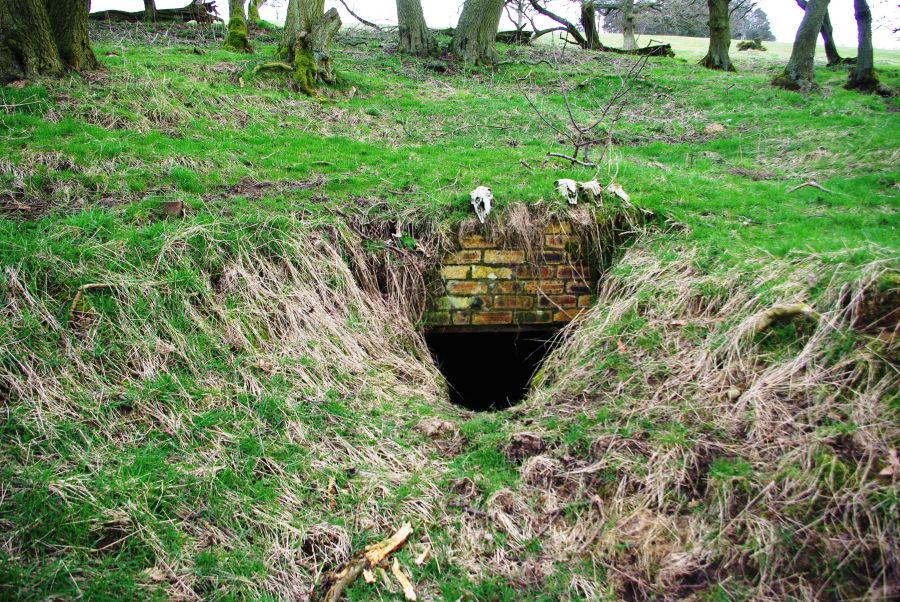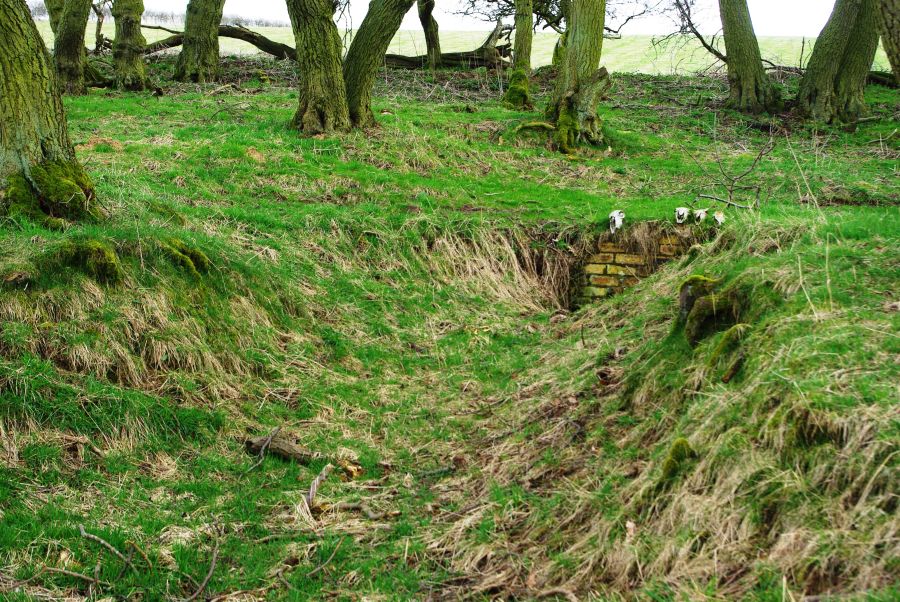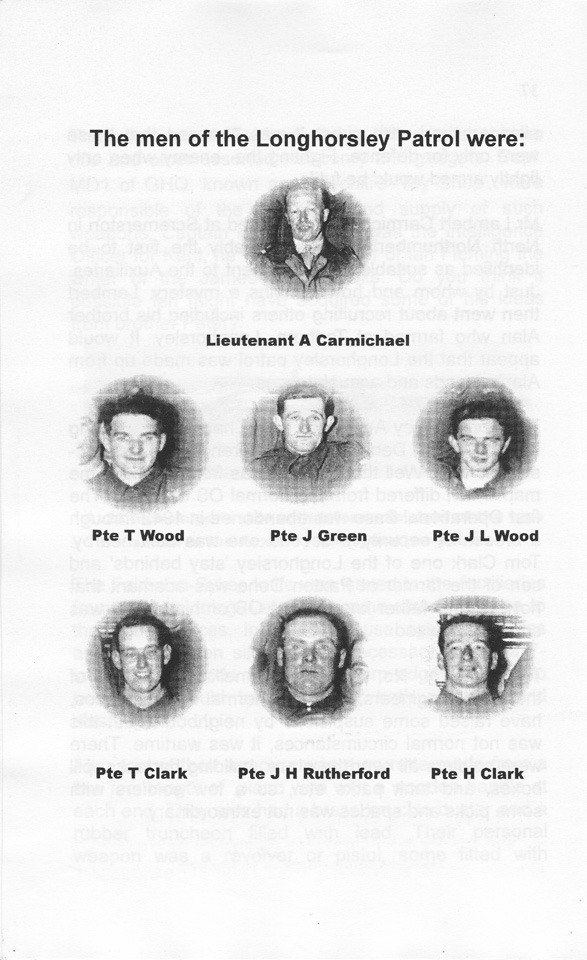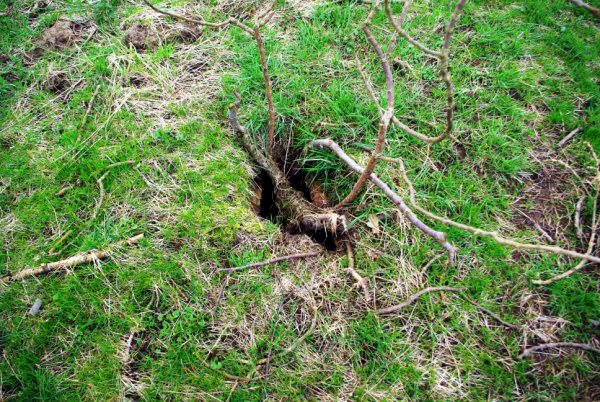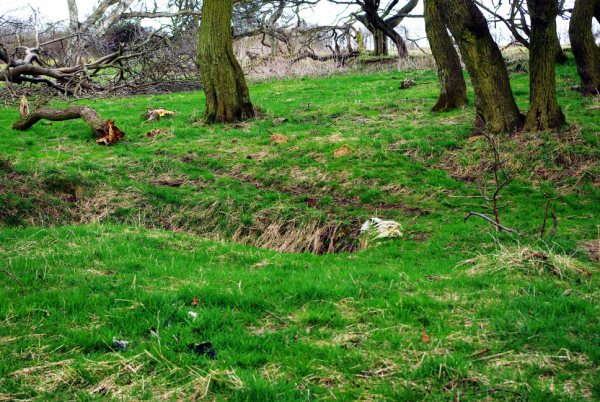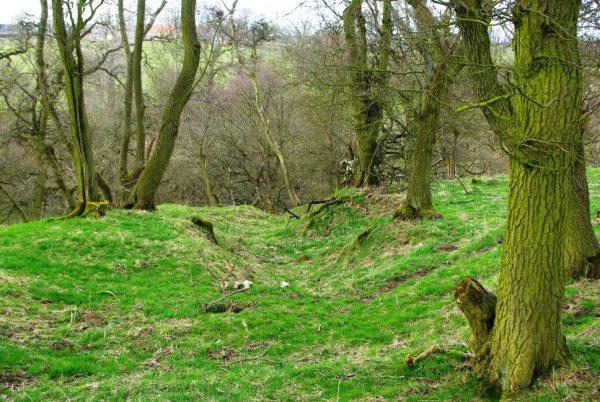The Patrol was based to the south east of Longhorsley village in Northumberland.
| Name | Occupation | Posted from | Until |
|---|---|---|---|
| Lieutenant Alan Carmichael | Farmer & tractor driver |
Unknown | 1943 |
| Sergeant James Green | Farmer & stockman |
Unknown | 03 Dec 1944 |
| Private Hector Lee Clark | Horseman on farm assisting father |
Unknown | 03 Dec 1944 |
| Private Thomas Clark | Stockman assisting father |
Unknown | 03 Dec 1944 |
| Private John Harold Rutherford | Farmer |
Unknown | 03 Dec 1944 |
| Private John Lewis Wood | Horseman on farm |
Unknown | 03 Dec 1944 |
| Private Thomas Wood | Cowman |
Unknown | 03 Dec 1944 |
The Patrol OB was a standard "Elephant" type shelter built by the 184th (S) Tunnelling Company Royal Engineers. The OB is more north to south oriented unlike most Northumberland OBs that are oriented east to west.
The OB was moved from it's original position after being found. Dug out and moved further west in the same wood. The escape tunnel heads out to the north towards a nearby stream. It had two storage areas in it all which has now collapsed.
The OB suffered further damage when a cow that fell into it in 2013 and got stuck. The beast was freed and the OB fenced off though damage was caused to the end wall and roof by the fencing contractors.
Paxtondene Patrol
Longhorsley and near by Netherwhitton were turned into large army camps during WW2 with practice tank ranges, billets and a temporary water training pool all designed to train the army in preparation for D-Day. Had the invasion come, these may well have been repurposed by the German army.
Netherwhitton Hall and Acton Hall were both army HQ's and again were identified as possible German HQs.
The road bridge at Weldon Bridge would also have been another target. It had a pillbox on the south side of the bridge and a defended strong hold on the north side at the rear of the Angler's Arms public house. This was obviously thought as a key bridge in the area, and therefore a possible target for the Patrol.
Either side of the village are the two main England to Scotland roads both of which would have been obvious targets.
The Patrol trained at Melville House in Fife and at the farm at Linden. Some training at the coast near the possible invasion beaches at Lynemouth and Cresswell also took place.
The men also trained with the regular Army at the Otterburn Ranges.
The Patrol was issued the Mark 2 Auxiliary Unit kit. All had Fairnbairn Sykes fighting knives, pistols and wire garrottes. They also had a lead filled truncheon and a .22 sniper rifle.
The Patrol activity made the papers in May 1985 when 40 lbs of gelignite was found buried in the corner of a local farm. It was dealt with by the Bomb Disposal Team from Catterick garrison. (see photos)
The National Archives in Kew ref WO199/3388
1939 Register
Hancock data held at B.R.A
Bill Ricalton who knew all the men involved.
